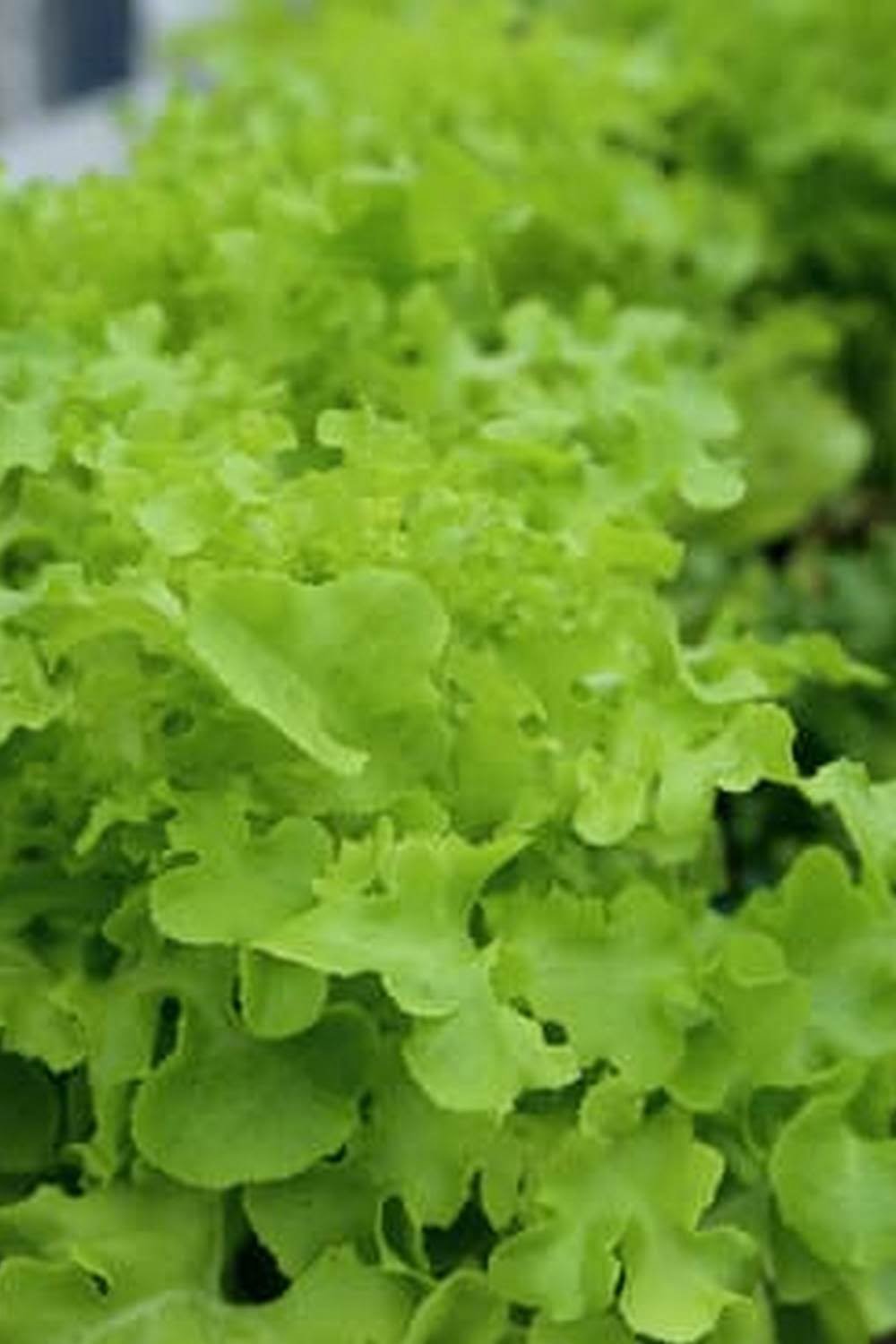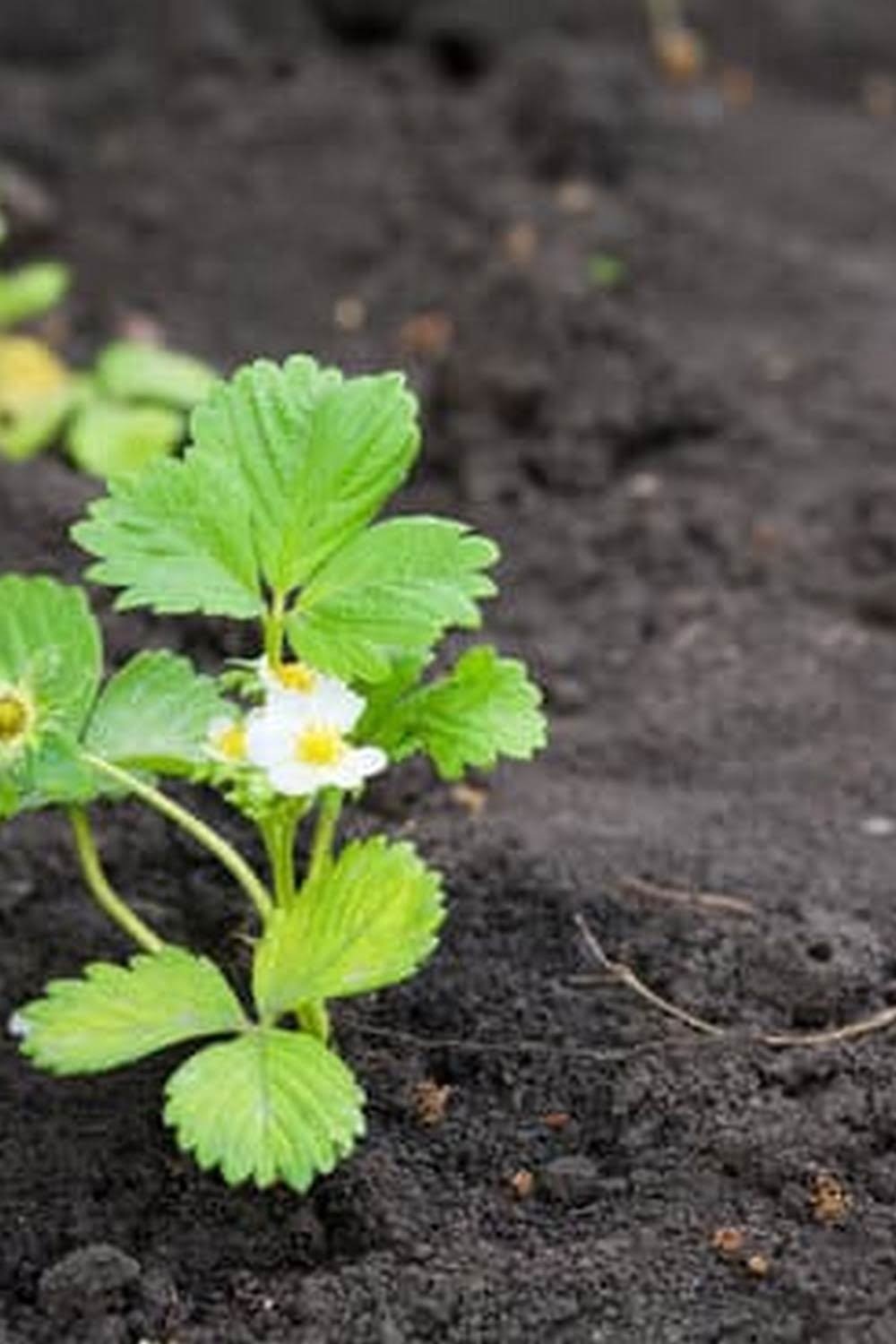Best Way To Control Weeds In Your Vegetable Garden
Weeds are pesky plants that can quickly take over a garden, stealing space and resources from the vegetables you are trying to grow. While it is possible to remove weeds by hand, this can be a time-consuming and difficult process, especially if your garden is large. There are a number of ways to control weeds in your vegetable garden, including mulching, using herbicides, and using organic methods.
Mulching is a simple way to keep weeds at bay. By placing a layer of mulch over the soil in your garden, you will prevent weed seeds from germinating. Mulch can be made from a variety of materials, including straw, bark chips, or compost.
Herbicides are another option for controlling weeds. While herbicides can be effective, they can also be harmful to the environment. If you choose to use herbicides, be sure to read the label and follow the instructions carefully.
Organic methods of weed control are a safer option for the environment. These methods include using manual methods such as pulling weeds by hand or using a hoe, and using organic herbicides such as vinegar or boiling water.
No matter what method of weed control you choose, be sure to stay on top of the weeds and remove them as soon as they appear. Weeds can quickly take over a garden, so it is important to be vigilant in removing them.
What Is The Best Type Of Mulch For Vegetable Garden
Mulching is a great way to keep your vegetable garden looking tidy and to help the soil retain moisture. But what type of mulch should you use
There are many types of mulch, but not all of them are suitable for vegetable gardens. The best mulch for vegetable gardens is organic mulch, such as shredded bark, compost, or straw.
Organic mulch helps to improve the soil quality by adding organic matter, and it also helps to suppress weed growth. It’s important to keep the mulch layer thick, so that weeds don’t have a chance to grow.
Inorganic mulches, such as gravel or plastic sheeting, are not recommended for vegetable gardens, as they can inhibit plant growth and can also be a fire hazard.
What Flowers Are Best For A Vegetable Garden
When it comes to flowers for your vegetable garden, there are a few things you need to consider.
First, think about what you want to attract to your garden. Bees and other pollinators are essential for a healthy garden, so you’ll want to include some flowers that they love. Second, think about what you want to keep away. Some flowers can actually attract pests to your garden, so you’ll want to avoid those.
With that in mind, here are some of the best flowers to include in your vegetable garden:
1. Sunflowers: Sunflowers are a great choice for attracting pollinators to your garden. They also make a great addition to a flower border.
2. Marigolds: Marigolds are a great choice for deterring pests. They also make a pretty addition to a garden bed.
3. Nasturtiums: Nasturtiums are a great choice for adding color to your garden. They also help to attract beneficial insects.
4. Lavender: Lavender is a great choice for attracting bees and other pollinators. It also has a lovely scent.
5. Cosmos: Cosmos are a great choice for adding color to your garden. They also attract pollinators.
Best Cover Crop For Vegetable Garden
Are you looking for the best cover crop for your vegetable garden There are many different types of cover crops to choose from, and each one has its own benefits. Here is a look at some of the most popular cover crops and what they can do for your garden.
Hairy Vetch
Hairy vetch is a legume that is often used as a cover crop. It is a nitrogen-fixing plant, which means it can convert nitrogen from the air into a form that plants can use. This makes it an excellent choice for cover crops, as it can help improve the soil fertility. Hairy vetch also has a deep root system, which helps to loosen the soil and improve drainage.
Clover
Clover is another popular legume cover crop. Like hairy vetch, clover is a nitrogen-fixing plant, and it also helps to improve soil fertility. Clover also has a deep root system, and it is drought-tolerant. This makes it a good choice for cover crops in areas that experience drought conditions.
Wheat
Wheat is a grass that is often used as a cover crop. It is a nitrogen-fixing plant, and it also helps to improve soil fertility. Wheat also has a deep root system, and it is drought-tolerant. Wheat is also a good choice for cover crops in areas that experience cold weather conditions.
Ryegrass
Ryegrass is a grass that is often used as a cover crop. It is a nitrogen-fixing plant, and it also helps to improve soil fertility. Ryegrass is also a good choice for cover crops in areas that experience cold weather conditions.
Best Early Season Vegetables For The Garden
There’s nothing like the taste of fresh vegetables straight from the garden. If you’re like most gardeners, you probably can’t wait to get started planting your vegetable garden. But what should you plant first
There are a number of vegetables that can be planted early in the season, before the weather gets too hot. Here are some of the best early season vegetables for the garden:
1. Lettuce
Lettuce is a great vegetable to plant early in the season. It can be planted in late winter or early spring, and it grows quickly. Lettuce is also a cool-weather crop, so it can be planted in early spring before the weather gets too hot.
2. Spinach
Spinach is another cool-weather vegetable that can be planted early in the season. It can be planted in late winter or early spring, and it grows quickly. Spinach is also a nutrient-rich vegetable, providing a variety of vitamins and minerals.
3. Radishes
Radishes are a quick-growing vegetable that can be planted early in the season. They can be planted in late winter or early spring, and they are ready to harvest in just a few weeks. Radishes are also a good source of fiber and vitamin C.
4. Peas
Peas are a quick-growing vegetable that can be planted early in the season. They can be planted in late winter or early spring, and they are ready to harvest in just a few weeks. Peas are also a good source of fiber and vitamin C.
5. Carrots
Carrots are a quick-growing vegetable that can be planted early in the season. They can be planted in late winter or early spring, and they are ready to harvest in just a few weeks. Carrots are also a good source of fiber and vitamin A.
6. Broccoli
Broccoli is a cool-weather vegetable that can be planted early in the season. It can be planted in late winter or early spring, and it is ready to harvest in just a few weeks. Broccoli is also a good source of fiber and vitamin C.
7. Cabbage
Cabbage is a cool-weather vegetable that can be planted early in the season. It can be planted in late winter or early spring, and it is ready to harvest in just a few weeks. Cabbage is also a good source of fiber and vitamin C.
8. Tomatoes
Tomatoes can be planted early in the season. They can be planted in late winter or early spring, and they are ready to harvest in just a few weeks. Tomatoes are a good source of fiber and vitamin C.
9. Potatoes
Potatoes can be planted early in the season. They can be planted in late winter or early spring, and they are ready to harvest in just a few weeks. Potatoes are a good source of fiber and vitamin C.
10. Green Beans
Green beans can be planted early in the season. They can be planted in late winter or early spring, and they are ready to harvest in just a few weeks. Green beans are a good source of fiber and vitamin C.

If you’re looking to get into vegetable gardening, or are just looking for some tips on how to make your current garden better, then you’ve come to the right place! My name is Ethel and I have been gardening for years. In this blog, I’m going to share with you some of my best tips on how to create a successful vegetable garden.





